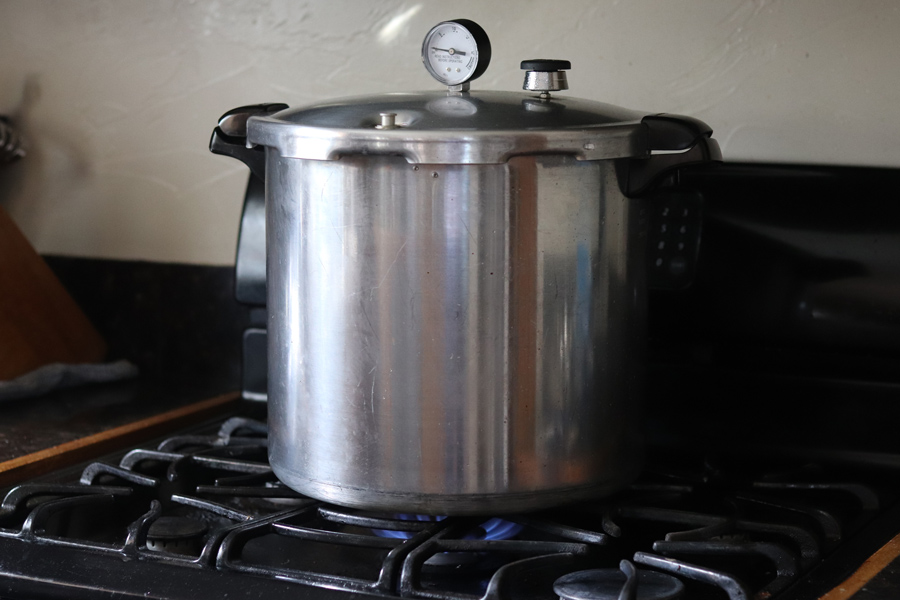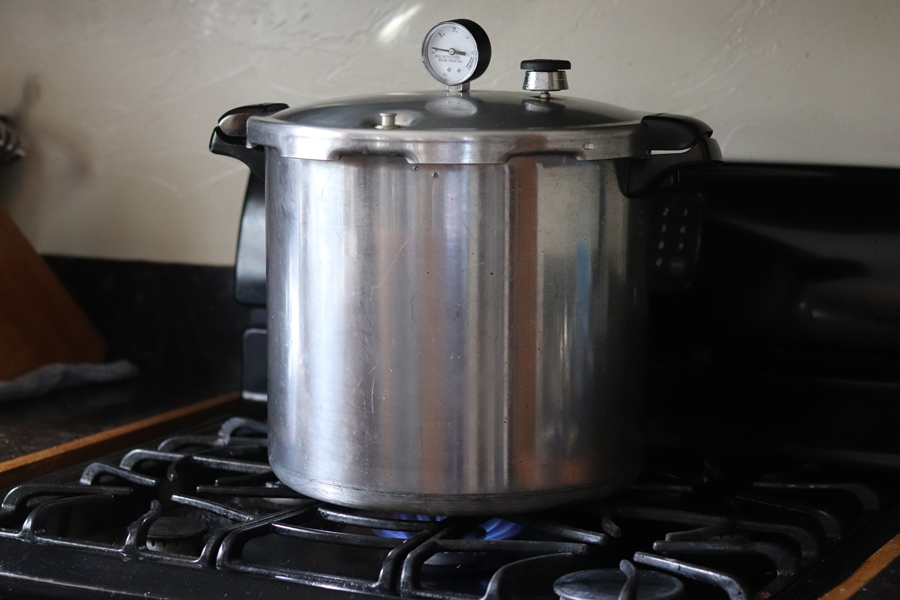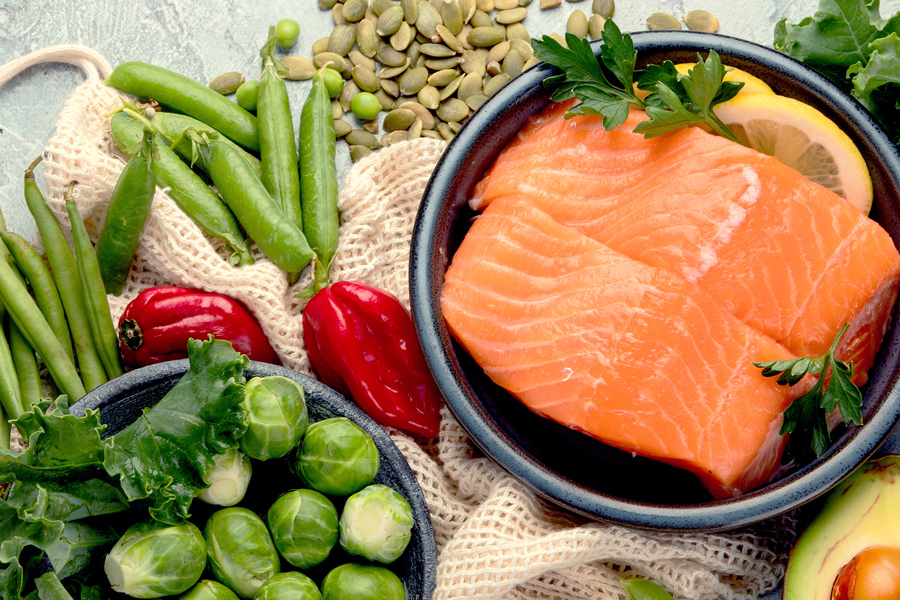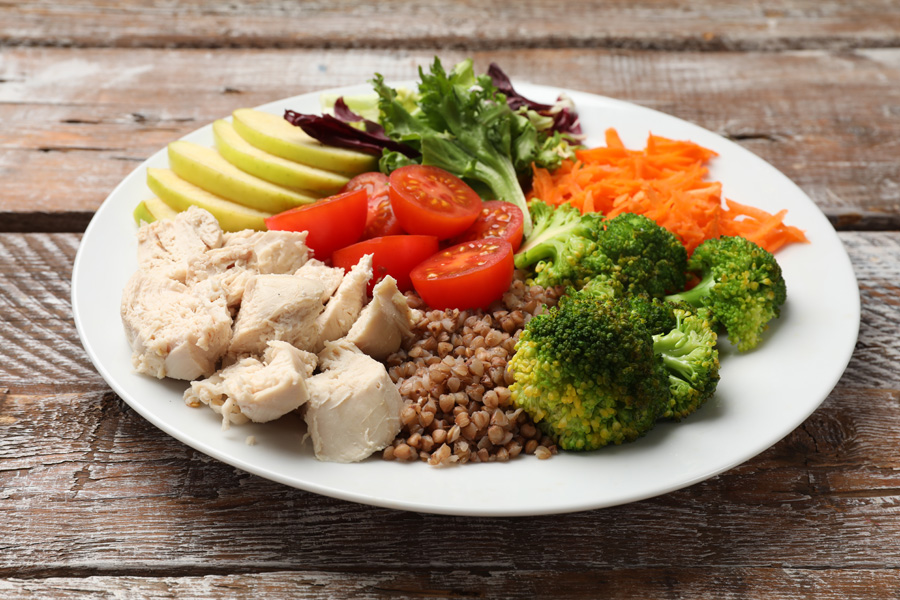Nutritional Sciences
-

Pregnant women should pay increased attention to their nutrition, physical activity, and food safety. This resource was created to assist Extension agents and their clients, and it describes essential dietary and nutrition recommendations—and why they are important—specifically for a pregnant woman and her growing baby.
Sarah Henes
|
-

C 1344-02
Using Pressure Canners
Most modern pressure canners are lightweight, thin-walled kettles; most have screw-on lids fitted with gaskets. Modern pressure canners have removable racks, an automatic vent/cover lock, a vent pipe, and a safety fuse. Use only canners that have the Underwriter’s Laboratory (UL) approval mark to ensure their safety. This publication covers steps to successful food preservation using pressure canners.
Elizabeth L. Andress, Ines Beltran, and Carla Luisa Schwan
|
-

La mayoría de las envasadoras a presión modernas son ollas ligeras de paredes delgadas; la mayoría tienen tapas de rosca con juntas. Cuentan con rejillas extraíbles, un cierre automático de ventilación/tapa, un tubo de ventilación y un fusible de seguridad. Utilice únicamente envasadoras con la marca de aprobación de Underwriter’s Laboratory (UL) para garantizar su seguridad. Esta publicación explica los pasos para una conservación exitosa de alimentos con envasadoras a presión.
Elizabeth L. Andress, Ines Beltran, and Carla Luisa Schwan
|
-

C 1345
Nutrition and Immunity
Your immune system is a complex network of cells and organs whose job it is to ward off “invaders” like viruses and bacteria. Learn about the role of nutrition in immunity and what you can do to support your immune system.
Ali Berg
|
-

C 1344-01
Using Boiling Water Canners
A water bath (boiling water) canner is a large cooking pot with a lid and a rack inside. Most boiling water canners are made of aluminum, enamel-coated or porcelain-covered steel, or stainless steel. This publication covers steps to successful food preservation using boiling water canners.
Elizabeth L. Andress, Ines Beltran, and Carla Luisa Schwan
|
-

Una envasadora de agua hirviendo es una olla grande para cocinar con tapa y una rejilla en el interior. La mayoría de las envasadoras de agua hirviendo están hechas de aluminio, acero esmaltado o porcelanizado, o acero recubierto de porcelana, o acero inoxidable. Esta publicación cubre los pasos para la preservación exitosa de los alimentos usando enlatadoras de agua hirviendo.
Elizabeth L. Andress, Ines Beltran, and Carla Luisa Schwan
|
-

C 1323-05
Portion Control
Choosing foods in the right portions for your health and energy needs is an important part of any healthy eating plan. The American Diabetes Association recommends people with diabetes choose nutrient-dense foods in appropriate portion sizes to help meet your blood glucose, blood pressure, cholesterol, and triglyceride goals; prevent or delay diabetes complications; and achieve and maintain the body weight that is right for you.
Terri Cameron Black, Beth Kindamo, and Ali Berg
|
-

C 1323-06
Diabetes Plate Method
The Diabetes Plate Method is an approach to creating a healthy eating pattern, and it may be used alone or in combination with other tools to help you meet your nutrition and health goals. Research has shown that the Diabetes Plate Method can help people with diabetes lower their A1c, which improves blood glucose management.
Beth Kindamo and Ali Berg
|
-

C 1323-07
Modifying Recipes for Healthier Results
Eating healthier doesn’t have to mean giving up your favorite recipes. Some special recipes served only on occasion may be better left alone, like your grandmother’s special coconut cake. Recipes you make more often might be worth modifying to make them healthier and aligned with your current health goals.
Christa Anderson Campbell, Beth Kindamo, and Ali Berg
|